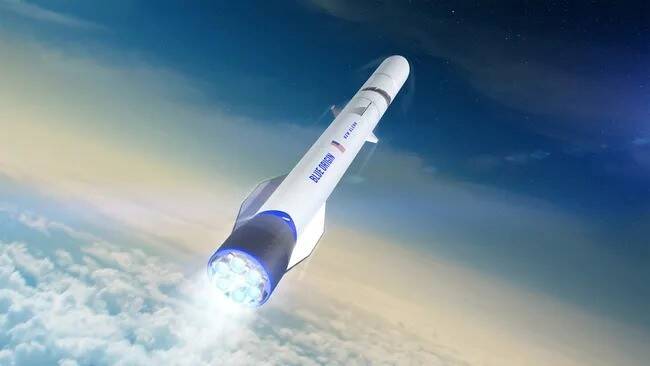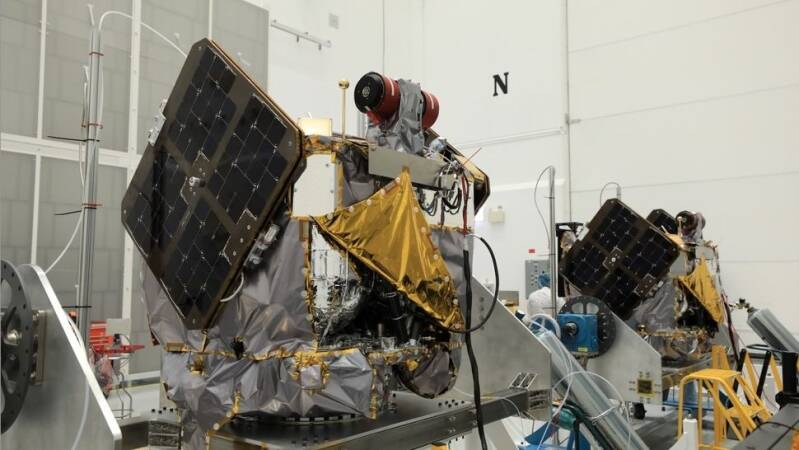Blue Origin is preparing for the second-ever flight of its massive New Glenn rocket, with liftoff no earlier than September 29 from Cape Canaveral Space Force Base in Florida. The upcoming mission, NG-2, will carry NASA’s twin ESCAPADE spacecraft (Escape and Plasma Acceleration and Dynamics Explorers) on their journey to Mars.

Concept image of Blue Origin's New Glenn rocket in flight. Credit: Blue Origin
Originally slated to ride New Glenn’s maiden launch in January, the $80 million ESCAPADE mission was shifted after NASA chose not to risk a high-value science payload on an unproven vehicle. Instead, Blue Origin launched a test payload — its Blue Ring satellite bus — during New Glenn’s inaugural flight earlier this year. That mission successfully reached orbit but failed to recover the rocket’s first-stage booster at sea.
Now, with its debut behind it, Blue Origin is ready for its first interplanetary assignment. “Some exciting things” will soon be happening around Launch Complex 36, the company teased in a social media update.
ESCAPADE consists of two identical orbiters, developed by Rocket Lab in California, that will study Mars’ magnetosphere and its interaction with the solar wind. By tracking the processes that strip away the Martian atmosphere, the mission could shed new light on how the planet lost much of its habitability over time. Once deployed, control of the spacecraft will transfer to the University of California, Berkeley’s Space Sciences Laboratory, which will operate the mission for NASA.
Standing 188.5 feet (57.5 meters) tall, New Glenn is Blue Origin’s heavy-lift workhorse designed to compete with SpaceX’s Falcon Heavy and, eventually, Starship. Like its rivals, New Glenn is built for reusability: Blue Origin will attempt another drone ship landing for its first stage booster during NG-2. A successful recovery would mark a significant milestone for the program after January’s failed attempt.

NASA's ESCAPADE (Escape and Plasma Acceleration and Dynamics Explorers) mission consists of two identical probes designed to study Mars' atmosphere and magnetosphere. Credit: NASA/Kim Shiflett
Bonus Payloads
In addition to NASA’s Mars probes, New Glenn will carry a technology demonstration from Viasat. The experiment supports NASA’s Communications Services Project, which partners with private companies to develop next-generation in-space networking for satellites in Earth orbit.
If successful, NG-2 will mark not only New Glenn’s first interplanetary mission, but also Blue Origin’s emergence as a player in NASA’s deep-space science portfolio. With ESCAPADE on board, the mission will test whether Blue Origin can reliably deliver high-value government payloads — and recover its massive booster.


Add comment
Comments